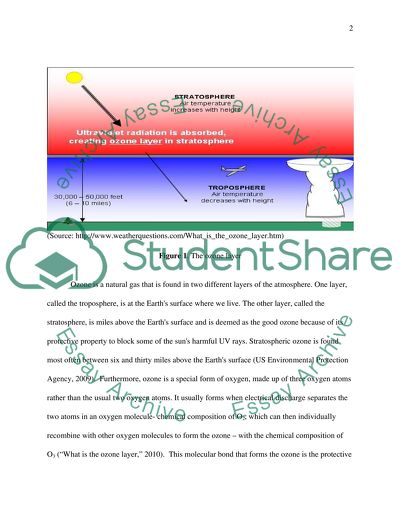Cite this document
(“Ozone and the climate: the depleting truth Essay”, n.d.)
Retrieved from https://studentshare.org/environmental-studies/1395493-ozone-and-the-climate-the-depleting-truth
Retrieved from https://studentshare.org/environmental-studies/1395493-ozone-and-the-climate-the-depleting-truth
(Ozone and the Climate: The Depleting Truth Essay)
https://studentshare.org/environmental-studies/1395493-ozone-and-the-climate-the-depleting-truth.
https://studentshare.org/environmental-studies/1395493-ozone-and-the-climate-the-depleting-truth.
“Ozone and the Climate: The Depleting Truth Essay”, n.d. https://studentshare.org/environmental-studies/1395493-ozone-and-the-climate-the-depleting-truth.


